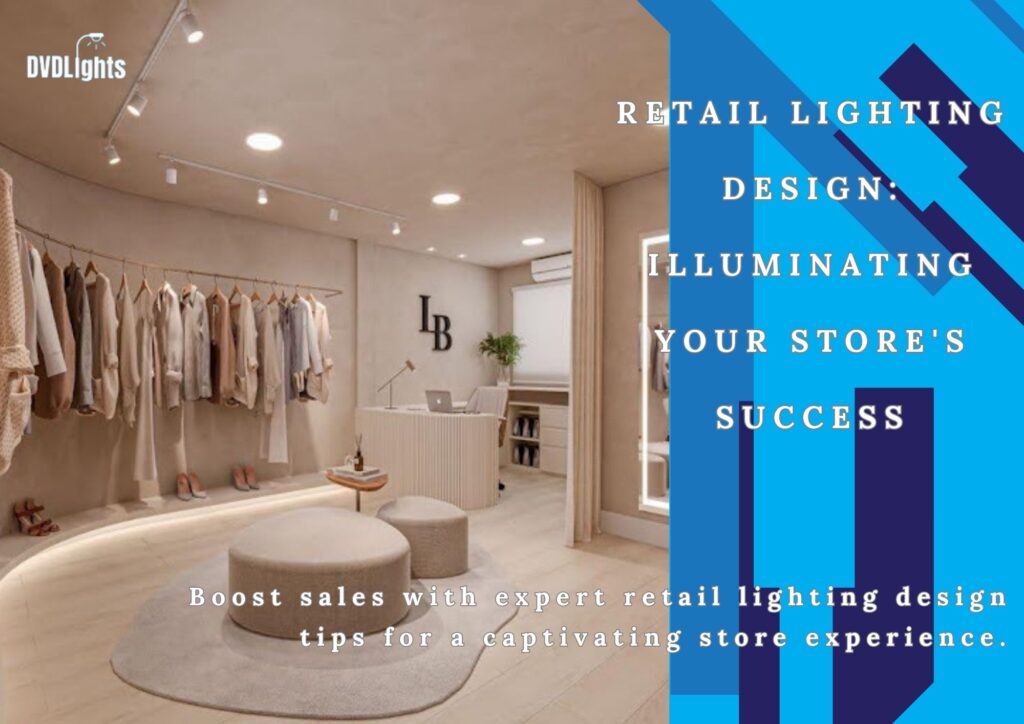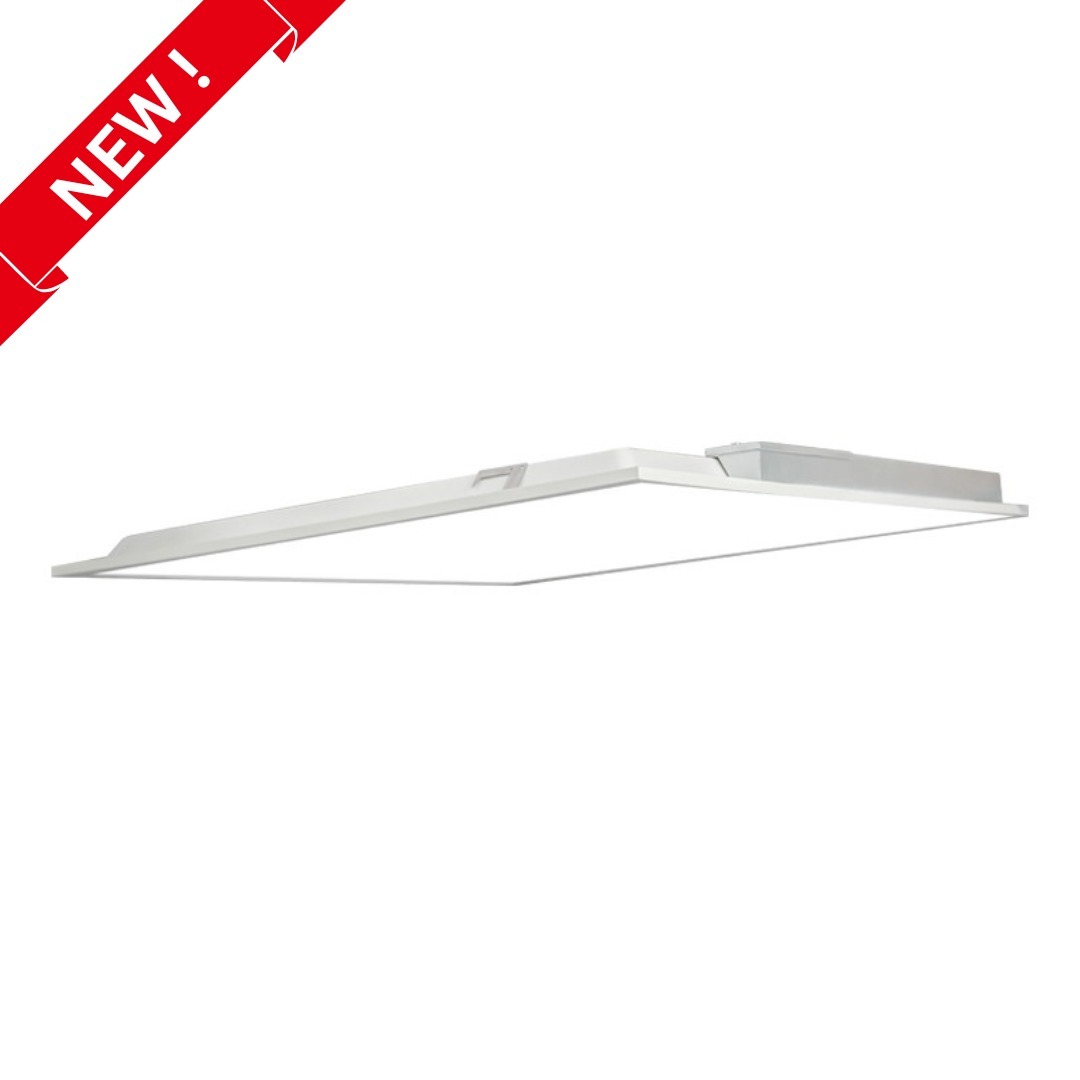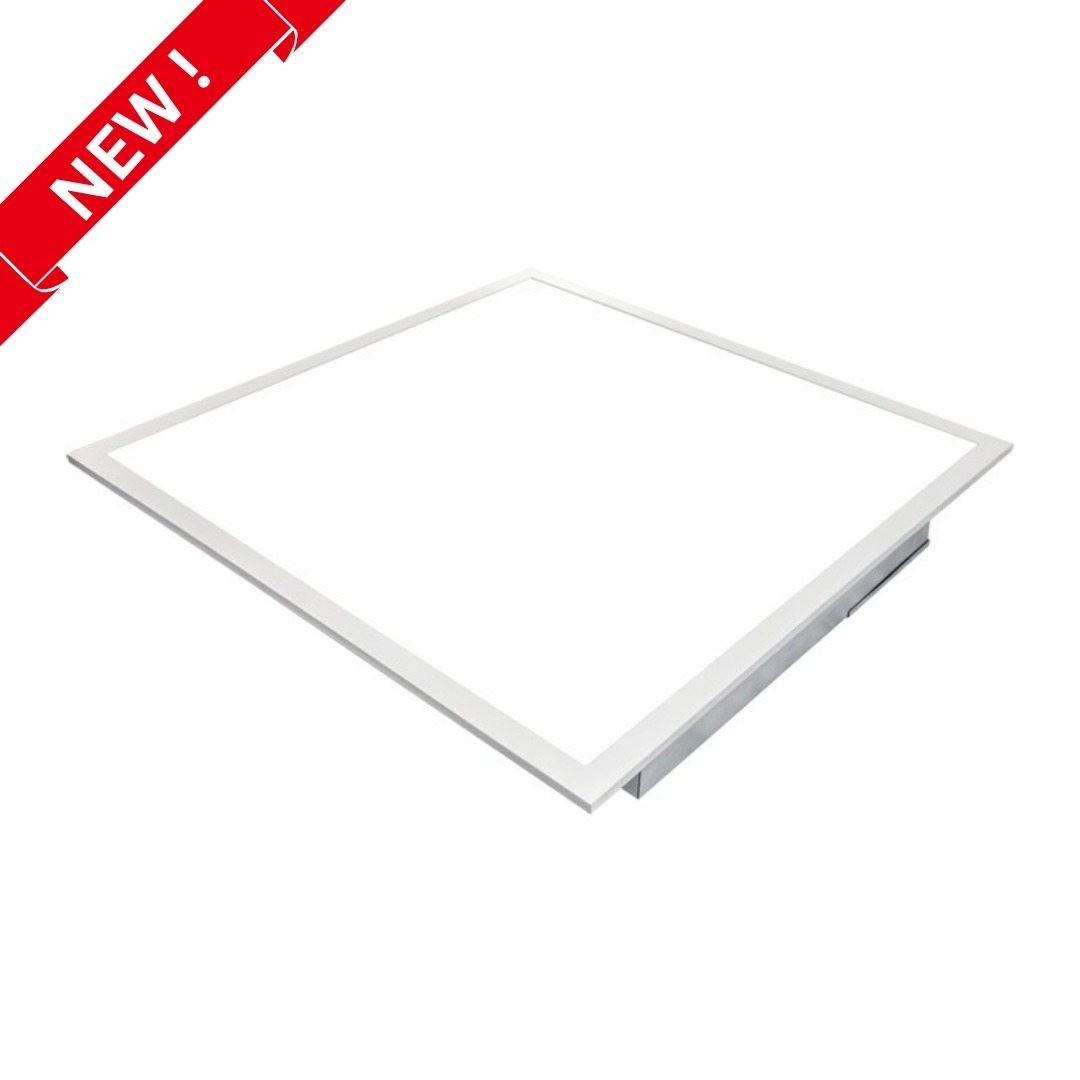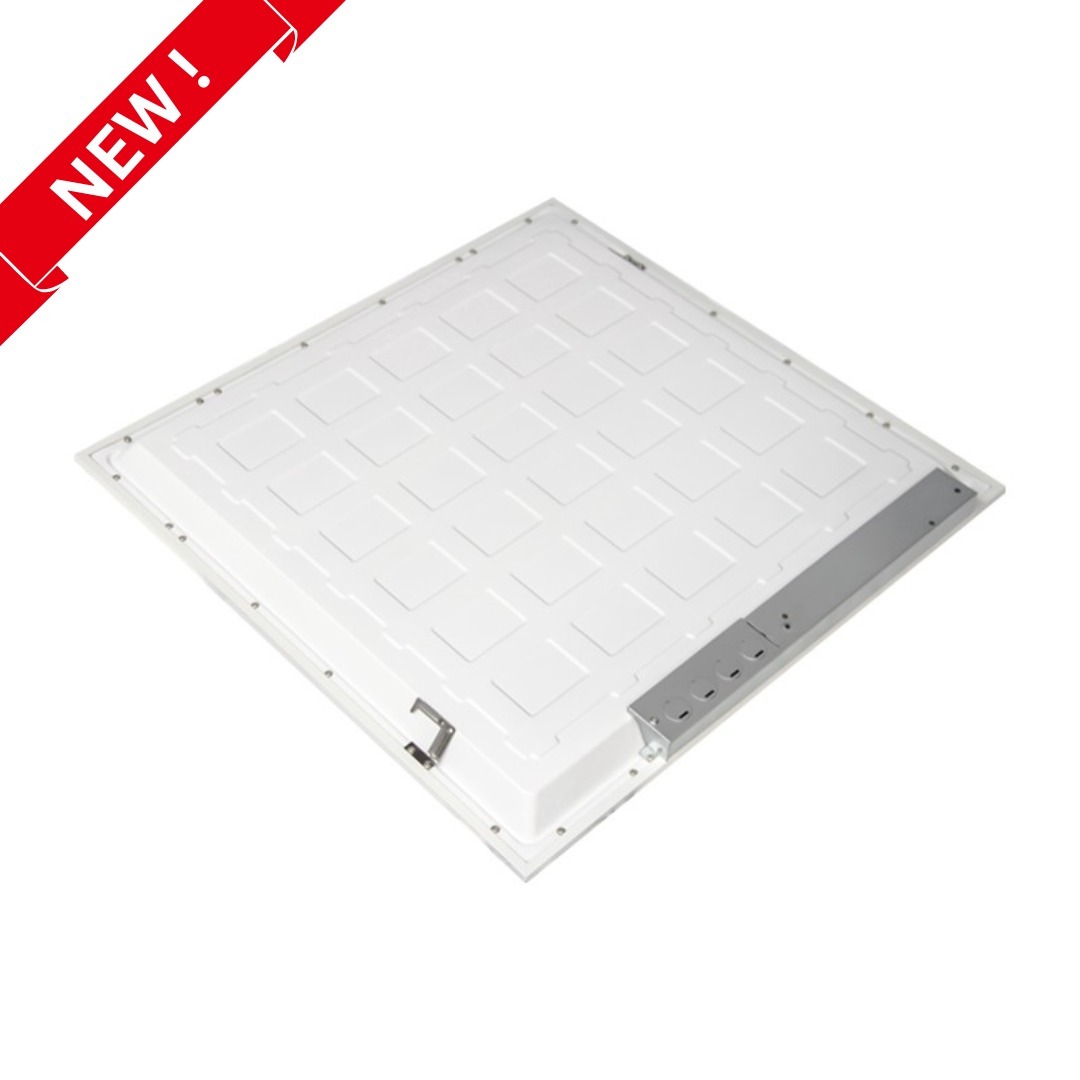Lighting plays a crucial role in retail environments, shaping how customers experience a store and influencing their buying decisions. Retail lighting design isn’t just about visibility; it’s about creating an atmosphere that enhances the shopping experience and highlights products effectively. Let’s explore the key aspects of retail lighting design and how it can make a significant impact on your store’s success.

Photo from Christian via Pinterest
1. Understanding Retail Lighting Design
Retail lighting design involves strategically planning and implementing lighting solutions to create a welcoming and engaging atmosphere. The goal is to use lighting to guide customers through the store, draw attention to specific products, and influence their mood and purchasing behavior. Effective lighting design can enhance the overall shopping experience and boost sales.
2. The Role of Ambient Lighting
Ambient lighting is the foundational layer of lighting in any retail environment. It provides general illumination that ensures customers can navigate the store safely and comfortably. Ambient lighting should be evenly distributed throughout the space to avoid harsh shadows and create a pleasant atmosphere. It sets the tone for the store and can influence customers’ perceptions of the space.
3. Importance of Accent Lighting
Accent lighting is used to highlight specific areas or products within the store. This type of lighting draws attention to focal points, such as displays, featured products, or promotional areas. By using accent lighting, you can create visual interest and guide customers’ attention to key items. Spotlights, track lighting, and LED strips are common tools for accent lighting.
4. Creating a Balanced Lighting Scheme
The importance of lighting in retail store is to create a balanced and dynamic environment. The combination ensures that the store is well-lit while also highlighting important products. It’s essential to avoid overly bright or dim areas and ensure that lighting transitions smoothly throughout the space.


Photo from Helena Bezerra
5. Incorporating Retail Store Lighting Trends
Modern retail lighting design often incorporates trends and technologies to enhance the shopping experience. Here are some of the latest trends and techniques used in retail lighting design:
- Smart Lighting Systems:
These advanced systems offer the flexibility to adjust lighting settings based on various factors such as time of day, special events, or specific promotions. Smart lighting can be controlled via mobile apps or integrated with other store systems to create dynamic lighting scenarios that enhance the shopping experience.
- LED Technology:
LED lighting is widely adopted for its energy efficiency, longevity, and versatility. LEDs come in a range of color temperatures and brightness levels, making them suitable for both ambient and accent lighting applications. Their low heat emission also reduces the risk of damaging heat-sensitive products and fixtures.
- Dynamic Lighting:
This approach involves the use of adjustable lighting that changes in intensity and color temperature to match different times of day or create specific moods. For example, cooler, brighter lighting can be used during the day to energize customers, while warmer, softer lighting can create a relaxed ambiance in the evening.
- Human-Centric Lighting:
This design philosophy focuses on aligning lighting with natural light patterns to support the well-being of customers and staff. Human-centric lighting aims to enhance mood, productivity, and overall comfort by mimicking the natural progression of daylight throughout the day.
- Highlighting Architectural Features:
Using lighting to accentuate architectural elements such as columns, beams, and ceilings can add depth and visual interest to the store’s design. This technique helps create a more immersive environment and can enhance the store’s unique architectural characteristics.
- Interactive Lighting:
Some innovative stores are integrating interactive lighting elements that respond to customer movements or touch. The role of lighting in retail store is this can create a memorable and engaging shopping experience, encouraging customers to interact with the store in new and exciting ways.
6. Practical Tips for Effective Retail Lighting Design
- Assess Your Store Layout:
Before designing your lighting scheme, evaluate the layout and flow of your store. Identify key areas, high-traffic zones, and products that need to be highlighted. This assessment will help you determine the most effective lighting solutions for each area.
- Choose the Right Fixtures:
Select lighting fixtures that complement your store’s aesthetic and provide the appropriate level of illumination. Consider factors such as fixture style, size, and placement to enhance the store’s overall design and functionality, emphasizing the role of lighting in retail stores.
- Consider Color Temperature:
The color temperature of lighting can have a significant impact on the store’s ambiance. Warmer color temperatures create a cozy and inviting atmosphere, while cooler temperatures can make the space feel more energetic and vibrant. Choose color temperatures that align with your store’s brand and target audience.
- Maintain Flexibility:
Opt for lighting solutions that offer adjustable settings and versatility. This flexibility allows you to adapt your lighting to different seasons, promotions, or events. Adjustable fixtures and dimmable lights can help you create a dynamic and adaptable shopping environment.
Conclusion
Retail lighting design is a powerful tool that goes beyond mere illumination; it shapes the customer experience and influences purchasing decisions. By understanding the importance of ambient and accent lighting, incorporating modern trends like smart and human-centric lighting, and carefully selecting the right fixtures and color temperatures, you can create a retail environment that is both visually appealing and strategically effective. A well-thought-out lighting scheme not only enhances the aesthetic appeal of your store but also guides customers through the space, highlights key products, and ultimately drives sales. Investing in thoughtful retail lighting design is investing in your store’s success.


Photo from designboom via pinterest
FAQs
1. What is the main purpose of ambient lighting in retail stores?
Ambient lighting provides general illumination to ensure customers can navigate the store comfortably and safely. It sets the overall tone and mood of the space.
2. How can accent lighting improve the shopping experience?
Accent lighting highlights specific products or areas, drawing attention to key items and creating visual interest. This helps to guide customers’ focus and enhance their overall shopping experience.
3. What are some common types of accent lighting used in retail stores?
Common types of accent lighting include spotlights, track lighting, and LED strips. These options allow for targeted illumination of displays and featured products.
4. Why is lighting important in retail store design?
Lighting is important because it affects how customers perceive the store and its products. Proper lighting can create an inviting atmosphere, highlight key items, and influence purchasing decisions.
5. What are some current trends in retail lighting design?
Current trends include the use of smart lighting systems, energy-efficient LED technology, dynamic and human-centric lighting, highlighting architectural features, and incorporating interactive lighting elements. These innovations enhance the shopping experience and adapt to various needs and preferences.




















